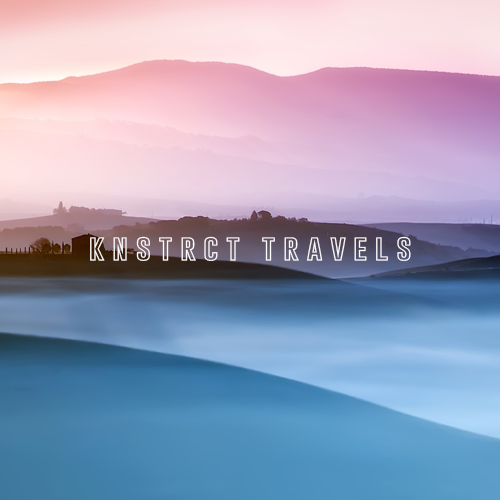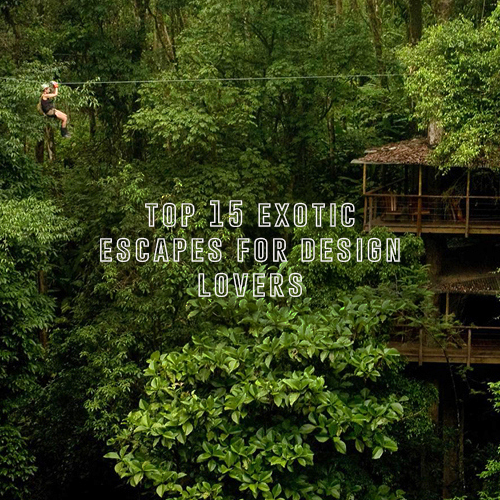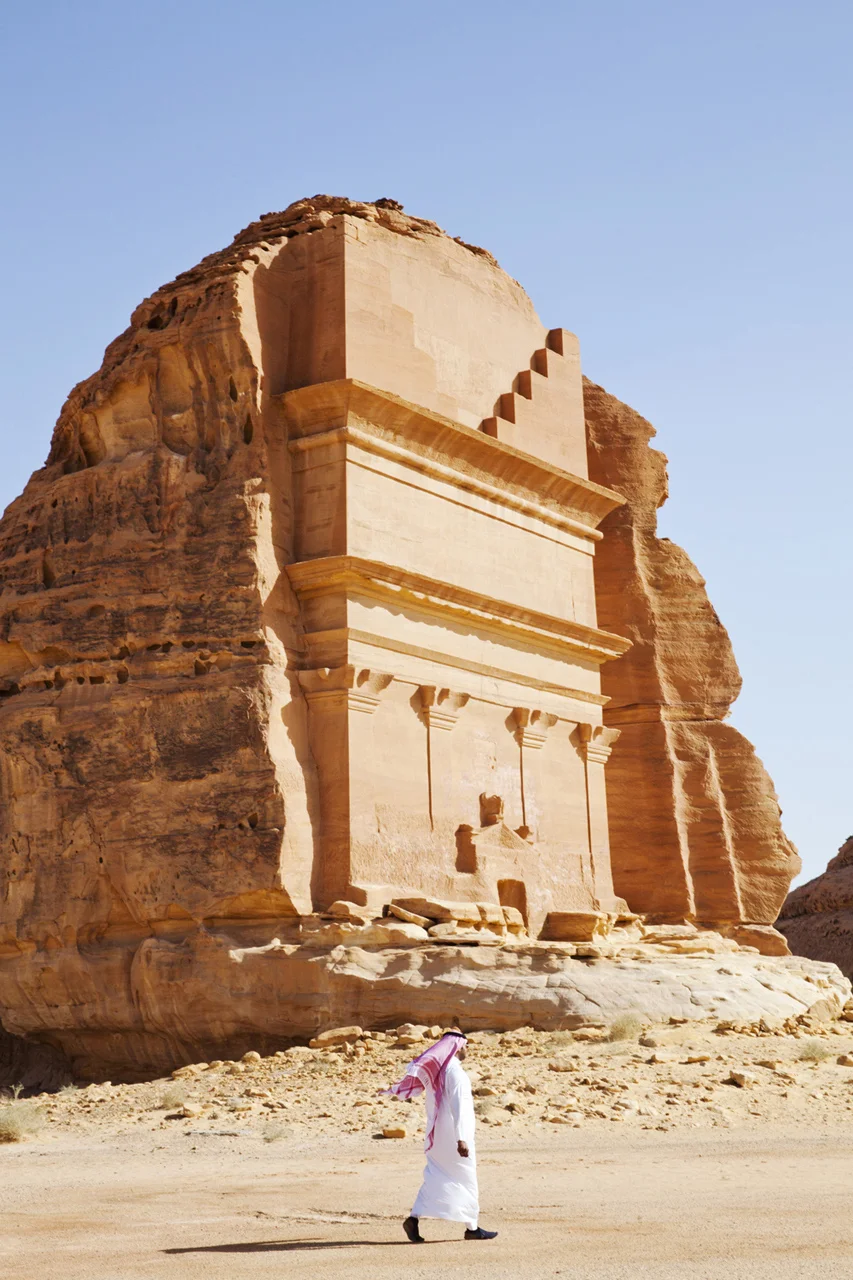Bucket List No. 8: A Desert Odyssey Exploring the Necropolis of Mada in Saleh
/Al Ula sits between desert and rock, an ancient oasis on the Arabian Peninsula. To the west is Egypt, and the city of Luxor along the Nile. To the Southeast is the sacred city of Medina, and to the north, Mada in Saleh, “Capital of the Monuments.” Our journey follows photographer Connie Zhou on her exploration into Saudi Arabia’s past, when empires rose and fell, and carved massive tombs in the sandstone cliffs to house and honor the dead.
ADVENTURE
This site, alternately known as Al-Hijr - “rocky place” in Arabic - is Saudi Arabia’s first UNESCO World Heritage Site, and began as a settlement in the 3rd millennium BCE. The Nabateans, an ancient Arab kingdom founded between trade networks and oases built the site in the 1st century CE, named it Hegra and began to carve the first of an eventual 131 tombs into the rock. The tombs rise out of an ancient landscape: rocky desert and wind-smoothed red sandstone cliffs. At first sight of the Necropolis, Zhou recounts, “the sun gave off this warm and soft light . . . the land was glowing from the setting sun leaving shadows that made me feel as if I was on a different planet.” The elaborately-crafted façades rise in smooth geometric planes topped with ziggurat-like steps, as if reaching up to the sky. Zhou describes, “I was overwhelmed with the sense of how big some of these tombs and monuments were.” The Nabateans were at the crossroads of the spice and incense trade, between Europe, North Africa, and the Middle East, and it’s not hard not to see the influence of the confluence of cultures in the monuments’ design. This, is a truly awe-inspiring place, where visitors look infinitely tiny in comparison to the structures and enormity of the space where sand stretches out to touch an azure sky.
GETTING THERE
But this is no desolate city of monuments, for Al-Hijr and Al Ula share an underground water reservoir, what first enticed the first settlers to the oasis. Now, Al Ula has a private airport, making it only a short trip from Medina. “The best and only way to get around is by car, SUV recommended” describes Zhou. Cars (and guides) can be arranged through the airport, or in Mada in Saleh itself. Of course it’s important to consider footwear for the landscape - you’ll do a good deal of off-roading on foot, so prepare for heat, sand, and rocky terrain. For our photographer, preparations were extremely important, especially getting the right visa. Check out the Saudi Embassy’s site for further information. Women, as per cultural regulations, should make sure to obtain an abaya - a traditional Saudi over-garment - to wear while traveling in the Arabian peninsula.
WHERE TO STAY
The Saudi government has also put together a guide describing local customs and providing information for tourists. Fortunately, there is a serene retreat in Al Ula, the Arac Resort which is a little under 14 miles (22km) from Mada In Saleh. In the near future, more resorts and camping will be available in Al-Hijr itself. But, as Zhou shared, there is as of now no more than a private camping spot exclusively for use by the Princes of Saudi Arabia. Ah well.
WHAT TO DO
With your research done, you’re ready to hit the air. Flying in to Medinah, you can continue on to Al Ula via private plane or rent out an SUV for a moderate four-hour drive. After checking in and lunching at the Al Ula Arac Resort, it’s time to hit the road for Mada in Saleh. From here, the journey is “SUV recommended, especially when you’re driving off roads.“ You begin to see stones, rising up from the sand in polished columns, or stretching out in wind-pocked cliffs. Then, far-off where the line of the road mingles with the expanse of sand, you suddenly see smooth, vertical faces in the rocks. Decorated like ancient temples, the monuments reveal configurations of sharp, geometric lines, smooth walls, and columns seemingly built for the age-old task of holding up the mountains. Wander on foot between tomb and monument, and you can begin to experience the same awe which first inspired the creation of this city of the dead. But don’t leave before seeing the sunset, when the sky washes out its daytime blue with waves of amber, burnt orange, and gold. It’s hard to deny Zhou’s admiration for “the beauty of the land and the possibilities Al Ula had to offer.” So why not live out those Indiana Jones fantasies with a trek to the ancient city of Hegra? That’s what I call a perfect counterpoint to the dreary palette of winter.
To see more of Connie’s photographs and adventures, check out her website or keep up with her on Instagram.














